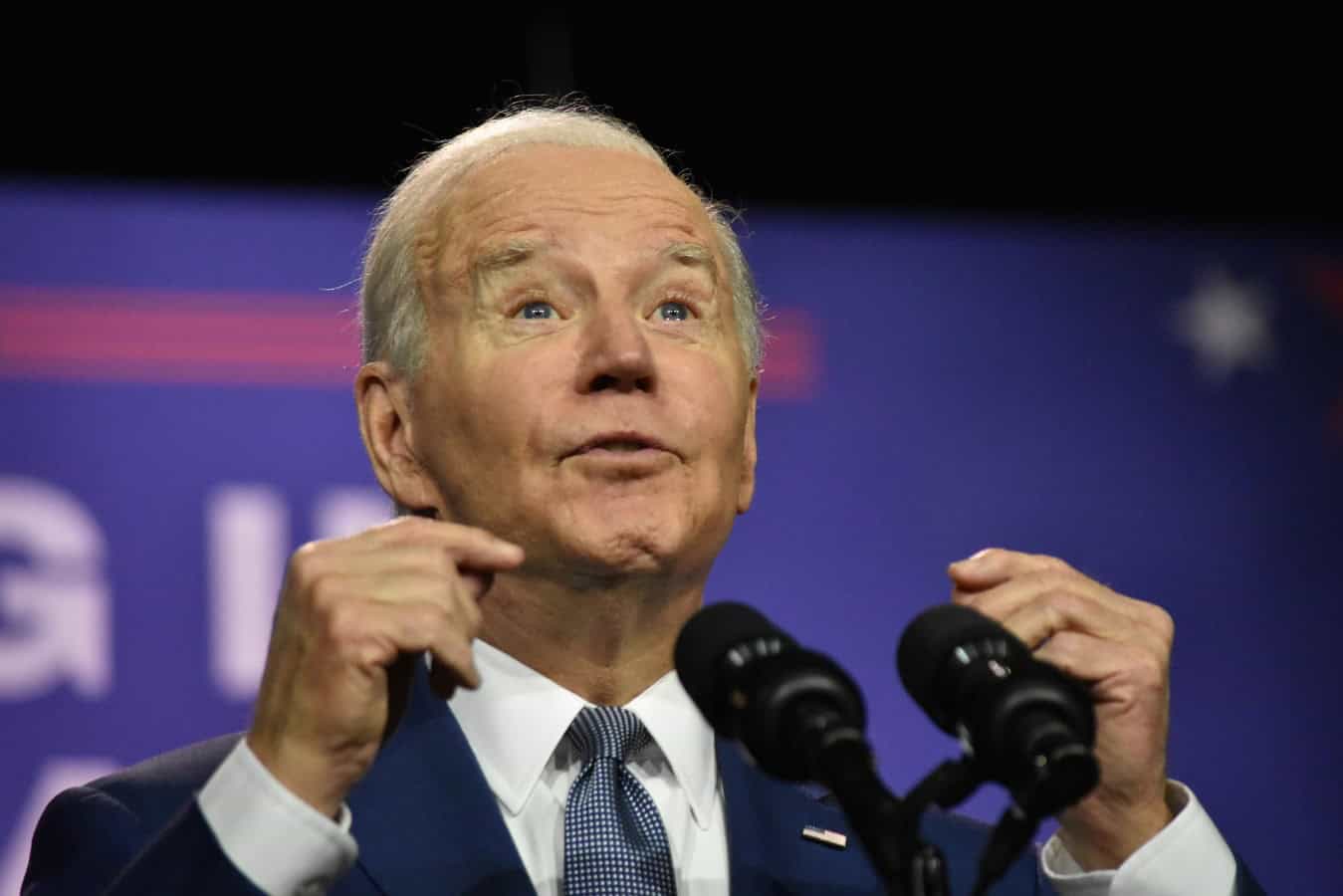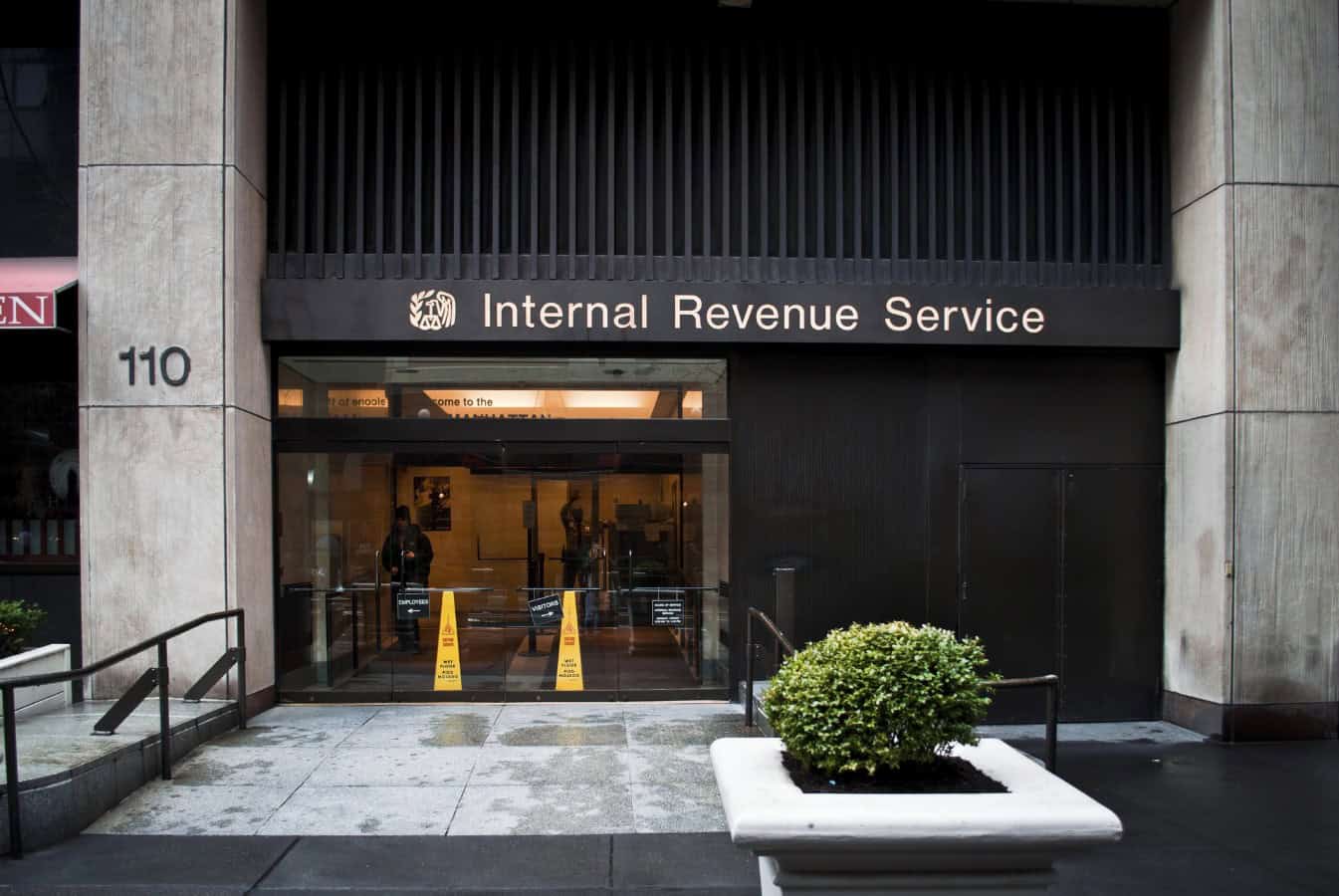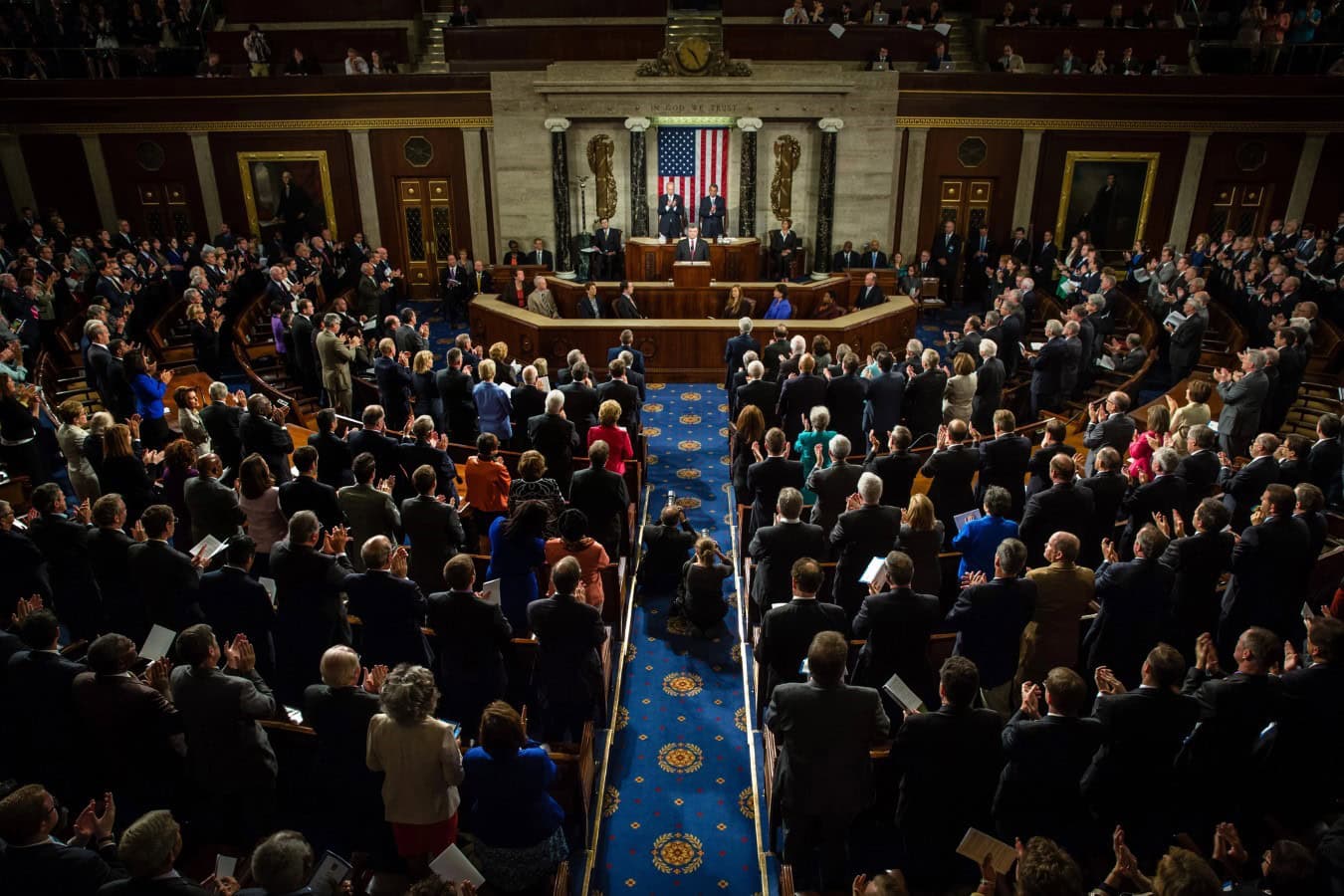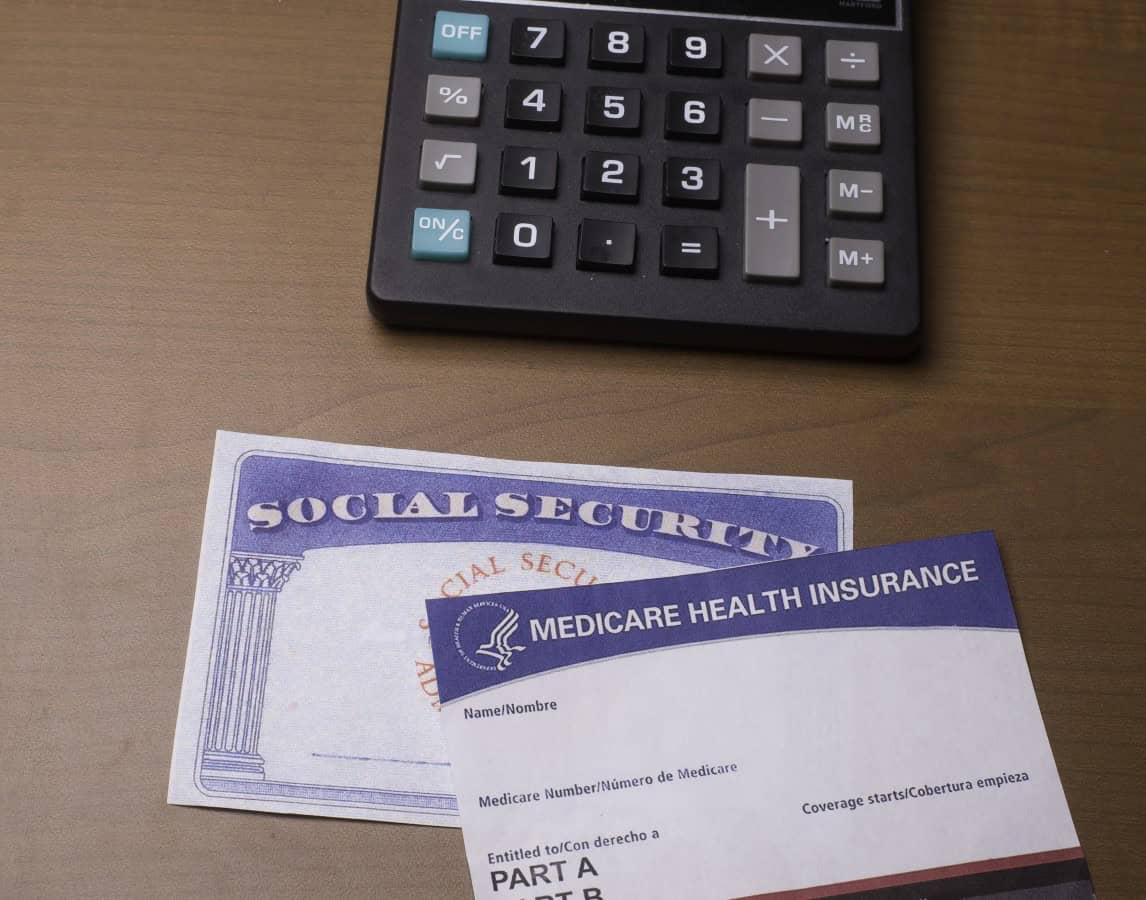Trump’s ‘One Big Beautiful Bill’ Shifts Student Loan Burden From Taxpayers To Colleges – Financial Freedom Countdown
President Trump’s One Big Beautiful Bill, would shift the cost of student loan defaults away from taxpayers and onto colleges.
Central to the plan is a “skin-in-the-game” provision that penalizes institutions when graduates cannot earn enough to repay their loans; a significant departure from how higher education has traditionally been funded.
Supporters call it long-overdue accountability for colleges, while critics warn it could backfire by driving up tuition, limiting options for low-income and graduate students, and creating new risks for current borrowers.
Here’s what the bill includes, and what it could mean for students, families, and universities across the country.
Earnings-Based Accountability Measures on College Programs

To keep access to federal student loans, college programs will now have to prove their graduates earn more than peers with only a high school diploma or bachelor’s degree.
The rule, part of Trump’s sweeping One Big Beautiful Bill, applies to both undergraduate and graduate programs.
Schools that fall short for two out of three years risk losing eligibility for new federal loans; a dramatic shift in how Washington measures return on investment in higher education.
Many colleges prefer this earnings-based accountability model, over the earlier Republican proposal that would have forced schools to pay annual penalties tied to unpaid loans; a system critics warned could have cost institutions billions.
529 College Savings Plans Get Major Expansion

The legislation significantly broadens how families can use 529 college savings plans, giving parents more flexibility to cover education costs well before college. Qualified expenses now include K–12 curriculum materials, books, online educational resources, tutoring, dual-enrollment fees, standardized test costs, and even specialized therapies for students with disabilities.
The annual cap for these expenses doubles from $10,000 to $20,000 per year.
For higher education, 529 funds can now be applied to workforce training and credentialing programs, reflecting a push to support career-oriented paths outside traditional four-year degrees.
The bill also makes permanent the ability to roll over 529 funds into ABLE accounts for students with disabilities, while slightly raising the annual rollover limit.
Lawmakers say these changes will help families maximize savings and give students more options for pursuing education and job training.
Elite Colleges Face Steep New Endowment Taxes

Currently, only the wealthiest private colleges; those with at least 500 students and $500,000 in endowment assets per student pay a 1.4% excise tax on their endowments.
The new Republican bill replaces that flat rate with a tiered structure ranging from 1.4% to 8%, mirroring corporate income tax brackets.
“It’s no secret that colleges have exploited the availability of uncapped federal lending and generous forgiveness programs to raise prices rather than improve access and affordability,” said Rep. Tim Walberg, who chairs the Education and Workforce Committee.
House Republicans say the change targets universities they claim act like corporations.
Although the 8% is lower than the original 21% proposed in the House Bill. critics warn it could undermine schools’ ability to support low-income students.
$10.5 Billion Added to Strengthen Pell Grant Reserve

The legislation also injects $10.5 billion into the Pell Grant reserve, fully funding it after years of financial uncertainty.
Supporters say this ensures the stability of one of the nation’s most important aid programs, safeguarding its availability for future students.
By securing this funding, lawmakers have sought to reassure families that Pell Grants will remain a cornerstone of college affordability, especially for low- and middle-income households.
New Limits on Double-Dipping Aid And Hiding Assets

Starting July 1, 2026, students will face new restrictions on Pell eligibility.
Anyone receiving grants from state, institutional, private, or other non-federal sources that already meet or exceed their cost of attendance will no longer qualify for additional Pell funding.
The legislation ends Pell Grant eligibility for applicants who report low incomes but hold significant assets. Under the new rules, students with a Student Aid Index (SAI) at least double the maximum Pell Grant award will no longer qualify, ensuring the program is reserved for those with genuine financial need.
Most Student Loan Repayment Plans Would Be Eliminated

One of the bill’s most disruptive provisions is its plan to scrap the vast majority of existing repayment options. Popular income-driven plans like SAVE (Saving on a Valuable Education), PAYE (Pay-As-You-Earn), and ICR (Income-Contingent Repayment) would be terminated.
Instead, only 2 plans would be available. One would be the standard plan and one linked to income
– Standard plan would be similar to current federal consolidation loans and require fixed monthly payments spread out over 10 to 25 years.
– The new repayment plan, called Repayment Assistance Plan (RAP), which pegs payments to income will be notably less generous than existing plans. Payments would be spread over 30 years.
For new borrowers, RAP would be the only Income driven repayment option available. Existing borrowers can maintain access to IBR or opt-into RAP.
The New RAP May Increase Monthly Payments

RAP would set borrower payments between 1% and 10% of gross income, depending on earnings. While the plan forgives debt after 30 years of payments (up from 20–25 under Biden’s plans), it introduces a minimum $10 monthly payment and eliminates $0 payments for the lowest earners.
There would be no more monthly payment deferment for economic hardship or unemployment.
The amount of time in discretionary forbearance would be limited to 9 months in a 24-month period.
According to borrower advocates, the average college graduate would pay nearly $3,000 more per year compared to Biden’s SAVE plan.
However, an enticing feature is that RAP would waive unpaid interest each month instead of adding it back to a borrower’s balance, as long as enrollees make their minimum payment.
Parent PLUS Loans Face New Caps

The One Big Beautiful Bill places new restrictions on Parent PLUS borrowing. Families will face an annual limit of $20,000 and an aggregate cap of $65,000 per dependent student. Unlike current rules, these limits cannot be restored by paying down balances or through forgiveness or discharge programs.
Lawmakers included a three-year grace period for parents who borrowed before June 30, 2026.
Still, changes to repayment rules for new loans may create added challenges for families already struggling to finance their children’s education.
Graduate Loan Programs Restructured

Graduate borrowing will also see major changes.
The legislation repeals the Grad PLUS loan program and replaces it with stricter caps under unsubsidized Federal Direct Stafford Loans.
Graduate students will face limits of $20,500 per year and $100,000 in total, while professional school students; such as those in medical or law programs will be able to borrow up to $50,000 annually and $200,000 overall.
These new limits take effect on July 1, 2026.
Students already enrolled before that date, and who have borrowed under the old system, will be allowed to continue under the prior terms for up to three years or until their program is completed.
New Lifetime Caps and Institutional Control

In addition to targeted program changes, the bill sets a lifetime aggregate student loan limit of $257,500, though this does not apply to Parent PLUS loans.
Like the new Parent PLUS rules, the cap cannot be reset by repayment, forgiveness, or discharge.
Annual borrowing limits will also be prorated depending on enrollment status, giving colleges more discretion.
Financial aid administrators are authorized to impose lower annual loan caps on a program-by-program basis, potentially reshaping how students finance their degrees.
Loan Advocates Worry New Rules Could Push Students Toward Private Loans

By capping how much parents and graduate students can borrow, the new loan limits are designed to shield taxpayers from ever-rising federal loan liabilities.
Instead of unlimited borrowing backed by Washington, families and students will now bear more of the responsibility for the financial choices they make about college.
Supporters argue the changes encourage students to pursue programs with a clearer return on investment, while also ensuring taxpayers are no longer left carrying the full risk of loans that may never be repaid.
Experts fear these constraints will force many students; especially those in expensive fields like medicine to turn to private lenders, who typically charge higher interest rates and offer fewer borrower protections.
Pell Grant Eligibility Tightened, With New Academic Hurdles

To qualify for the maximum Pell Grant, students would now need to enroll in at least 12 credit hours per semester and six credits per semester for half-time Pell Grant.
Additionally, eligibility would be denied for students with a Student Aid Index (SAI) exceeding twice the maximum grant award; a change that could disqualify over 60% of current recipients, per estimates.
Vocational Training Programs Get a Boost

In a nod to workforce development, the bill expands Pell eligibility to include short-term programs as brief as 15 weeks, provided they lead to certifications in “high-wage, in-demand” industries like trucking, technology or nursing assistance.
While this may benefit some jobseekers, critics warn it sends a message that short credentials are preferable to traditional college degrees.
These new vocational Pell Grants will be available in July 2026.
Public Service Loan Forgiveness (Mostly) Survives

One surprise: the Public Service Loan Forgiveness (PSLF) program remains largely intact.
Borrowers working in government or nonprofits can still qualify for loan forgiveness after 10 years of payments.
The only major tweak? Medical and dental residents would no longer be able to count their residency payments toward PSLF.
Forbearance and Deferment Options Slashed

The bill eliminates key borrower safety nets:
– No more deferments for unemployment or economic hardship for loans issued after July 2025.
– Forbearance limited to 9 months every 24 months; down from more flexible options today.
However, one small win: borrowers would now have two chances to rehabilitate a defaulted loan instead of one.
Prohibiting Student Loan Forgiveness Through Regulatory Action

Although President Biden was consistently rebuffed by the courts including the Supreme Court; he continued pushing through his student loan forgiveness agenda.
Even after the Democrats lost the elections, Biden continued to aggressively seek loan forgiveness.
The reconciliation bill would prohibit the Department of Education from enacting new broad student loan forgiveness programs through regulatory action, as President Biden did.
No Tax Relief on Cancelled Student Debt

The bill would also not allow tax relief on cancelled student debt or student loan forgiveness.
Any such event would be considered as a taxable income with the gain, depending on the program.
The bill would however preserve tax relief for student loan discharges based on a student loan borrower’s death or total and permanent disability.
The Department of Education May Struggle to Implement It

The sweeping changes would require an overhaul of aid calculations, data systems, and repayment structures; but critics warn the Education Department may not be equipped for the job following recent layoffs.
Republicans Cheer Education Reforms

Education and Workforce Committee Chair Tim Walberg (R-Mich.) in a statement on Thursday said, “It’s time we stopped asking taxpayers to foot the bill for our broken student loan system that has left borrowers in trillions of dollars of debt and has caused college costs to balloon. It’s time we stopped asking a factory worker in Michigan or a rancher in Texas to subsidize the student debt of a lawyer in Manhattan. I urge my colleagues in the Senate to end the status quo and get this bill to the President’s desk.”
Senator Bill Cassidy (R-La.), chair of the Senate Health, Education, Labor, and Pensions Committee said, “President Trump and Secretary McMahon are making progress, including fixing our broken student loan program. But, congressional action is needed to create lasting change.”
Advocates Warn of a Return to a More Punitive System

Borrower rights groups say the bill threatens to undo a decade of progress in making student loans more flexible and forgiving.
Advocates criticized the shrinking access to federal financial aid, cutting or eliminating grants for Pell recipients, and placing enormous pressure on families to fund their children’s education budgets.
Could the Bill Shift Onus From Taxpayers To Borrowers?

Democrats have sharply opposed the legislation, and Republicans have cheered the passage.
With growing calls for accountability in higher education; and Americans weary of the student loan forgiveness methods employed by the Biden administration, some elements of this bill could resurface in future election battles .
Like Financial Freedom Countdown content? Be sure to follow us!

While singles may have fewer Social Security filing options than married couples, smart planning around when to claim benefits can pay off for anyone, including those flying solo.
Maximize Your Benefits: Essential Social Security Strategies for Singles
The 9 States Taxing Social Security in 2024 and the 3 That Just Stopped

While many bask in the belief that their golden years will be tax-friendly, residents in specific states are facing a reality check as their Social Security benefits come under the taxman’s purview. Conversely, a wave of relief is set to wash over two states, marking an end to their era of taxing these benefits. This shift paints a complex portrait of retirement planning across the U.S., underscoring the importance of staying informed of the ever changing tax laws. Are you residing in one of these states? It’s time to uncover the impact of these tax changes on your retirement strategy and possibly reconsider your locale choice for those serene post-work years. Here are the states taxing social security benefits.
The States Taxing Social Security in 2024 and the 3 That Just Stopped

Did you find this article helpful? We’d love to hear your thoughts! Leave a comment with the box on the left-hand side of the screen and share your thoughts.
Also, do you want to stay up-to-date on our latest content?
1. Follow us by clicking the [+ Follow] button above,
2. Give the article a Thumbs Up on the top-left side of the screen.
3. And lastly, if you think this information would benefit your friends and family, don’t hesitate to share it with them!

John Dealbreuin came from a third world country to the US with only $1,000 not knowing anyone; guided by an immigrant dream. In 12 years, he achieved his retirement number.
He started Financial Freedom Countdown to help everyone think differently about their financial challenges and live their best lives. John resides in the San Francisco Bay Area enjoying nature trails and weight training.
Here are his recommended tools
Personal Capital: This is a free tool John uses to track his net worth on a regular basis and as a retirement planner. It also alerts him wrt hidden fees and has a budget tracker included.
Platforms like Yieldstreet provide investment options in art, legal, real estate, structured notes, venture capital, etc. They also have fixed-income portfolios spread across multiple asset classes with a single investment with low minimums of $10,000.